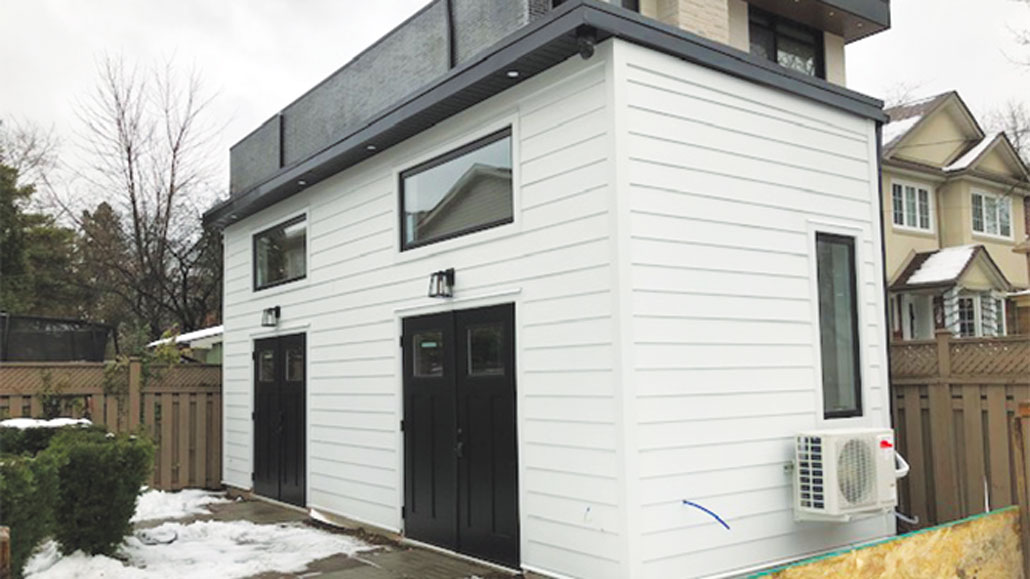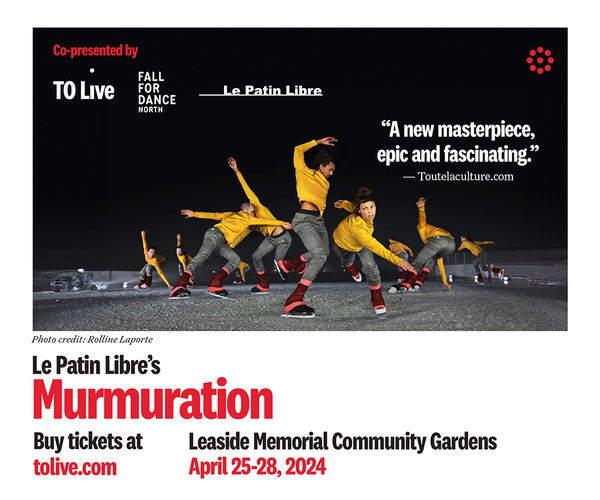
Leaside is changing. The evidence is all around us – the high-rises under construction at Brentcliffe and Eglinton, the mid-rise under construction at Bayview between Hillsdale and Soudan. And several more of both types of intensification are approved or in the pipeline. But what about the single and semi-detached homes that (along with walkup apartments) make up the old Leaside neighbourhood as we know it?
There is change there too, like the teardowns of modest homes to build much larger dwellings, seemingly rubberstamped by the Committee of Adjustment, and subject to appeal to the Toronto Local Appeal Board (TLAB). This column has lamented the unprecedented level and scale of infill development in recent years, associated with increased height, massing and density that often results in development that doesn’t fit with prevailing neighbourhood character. And we would argue that this results in “massification,” not really “intensification” (i.e. more space…not necessarily more people)!
But the City has a plan, approved by City Council in July, 2020, called “Expanding Housing Options in Neighbourhoods,” that may drive far more radical change in our “small town in the city.” These initiatives involve City-wide bylaw changes, rather than neighbourhood-specific ones, so the impact will depend on takeup. One initiative, “Laneway Housing,” was permitted last year, and two others, “Garden Suites” and “Multi-Tenant Houses” (rooming houses), are coming to Council Committee and City Council shortly.
Laneway suites allow a separate independent living accommodation at the rear of the lot where the lot abuts on a lane. There are several designated lanes in Leaside, notably between Randolph and Sutherland, and between Sutherland and Airdrie in central-east Leaside. Garden suites, also known as “granny flats,” are similar but without the lane access, representing a “house behind a house,” to me not a desirable situation. These new housing types are presented variously as: helping to resolve the housing shortage; an opportunity for multi-generational living; and an income opportunity. Garden suites, which may have minimal public access, were previously forbidden due to safety issues. Both types potentially increase the amount of hard surface, reducing absorptive capacity, and increased runoff, noise, etc. And they are proposed to be based on “as of right” approval, which means without neighbour consultation, unless variances are required (which brings us back to the Committee of Adjustment!)
The other initiative coming shortly is Multi-Tenant Housing, or rooming houses. These were only allowed in the former City of Toronto and a few other areas (but not Leaside). So, this is seen as leftover business from amalgamation in 1998. Rooming houses represent affordable and needed accommodation, especially for students and those starting out (I’ve been there). However, currently there are numerous illegal rooming houses across Toronto. This initiative proposes to permit MTH in all residential and mixed use zones, subject to certain conditions (maximum number of dwelling rooms permitted, minimum parking rates, and number of washrooms).
The City is beginning with the changes to the zoning bylaw (you may have seen the double page ad in the June 8 Toronto Star advertising the June 25 Planning and Housing Committee meeting to consider the zoning bylaw). The initiative intends to ensure that MTH abide by the rules to ensure safety and health for residents. This will require lots of new resources for enforcement (remember this at budget time).
These new forms of housing intensification raise several questions: How will the City ensure the new building types fit with the character of existing neighbourhoods? Building mass, amount of light, open space, tree protection, parking, etc. are important considerations. Unfortunately, the City has lost momentum in providing tools to protect neighbourhood character and has still not published the Neighbourhood Character Guidelines template. To date, guidelines have been developed and approved for only one neighbourhood (Long Branch). Further, the authorized heritage study of Leaside is on hold, according to the City Planning’s 2021 Study Work Program. How will Leaside fare with these new forms of intensification?


